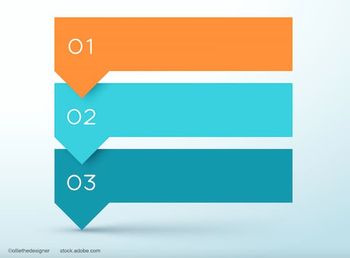
Tracking challenges after laser flap creation not insurmountable
San Francisco-Tracking acquisition using the closed-loop eye-tracking system on the LADARVision excimer laser platform (Alcon Laboratories) may be more difficult in eyes that have undergone flap creation with the femtosecond laser (IntraLase Corp.), but can be readily accomplished through the use of some simple, special maneuvers, said Dan B. Tran, MD, at the American Society of Cataract and Refractive Surgery annual meeting.
San Francisco-Tracking acquisition using the closed-loop eye-tracking system on the LADARVision excimer laser platform (Alcon Laboratories) may be more difficult in eyes that have undergone flap creation with the femtosecond laser (IntraLase Corp.), but can be readily accomplished through the use of some simple, special maneuvers, said Dan B. Tran, MD, at the American Society of Cataract and Refractive Surgery annual meeting.
Among the 100 eyes, there was a 25% incidence of primary tracking failure that could be accounted for mostly by eyes with brown irides and opaque bubble layer (OBL) formation present. However, with the use of the various surgical maneuvers, tracking was eventually achieved in all eyes.
The tracker on the LADARVision system uses laser radar technology to determine the position of the eye relative to the pupil. After a miniscan identifies the pupil margin, four laser radar firing spots are aligned and projected to the eye in sequence. A detector within the tracking system measures the intensity of the returned reflections in sequence. Intensity is calculated for each spot as the average for the pupil and the iris.
Dilated pupil requirement
"This tracking system does require a dilated pupil because the location of its laser spots cannot be adjusted during surgery. Therefore, it cannot compensate for changes in pupil size. Furthermore, its operation requires that there is enough light from the pupil to be detected, although this is not a limiting factor at present," Dr. Tran noted.
Newsletter
Don’t miss out—get Ophthalmology Times updates on the latest clinical advancements and expert interviews, straight to your inbox.














































.png)


